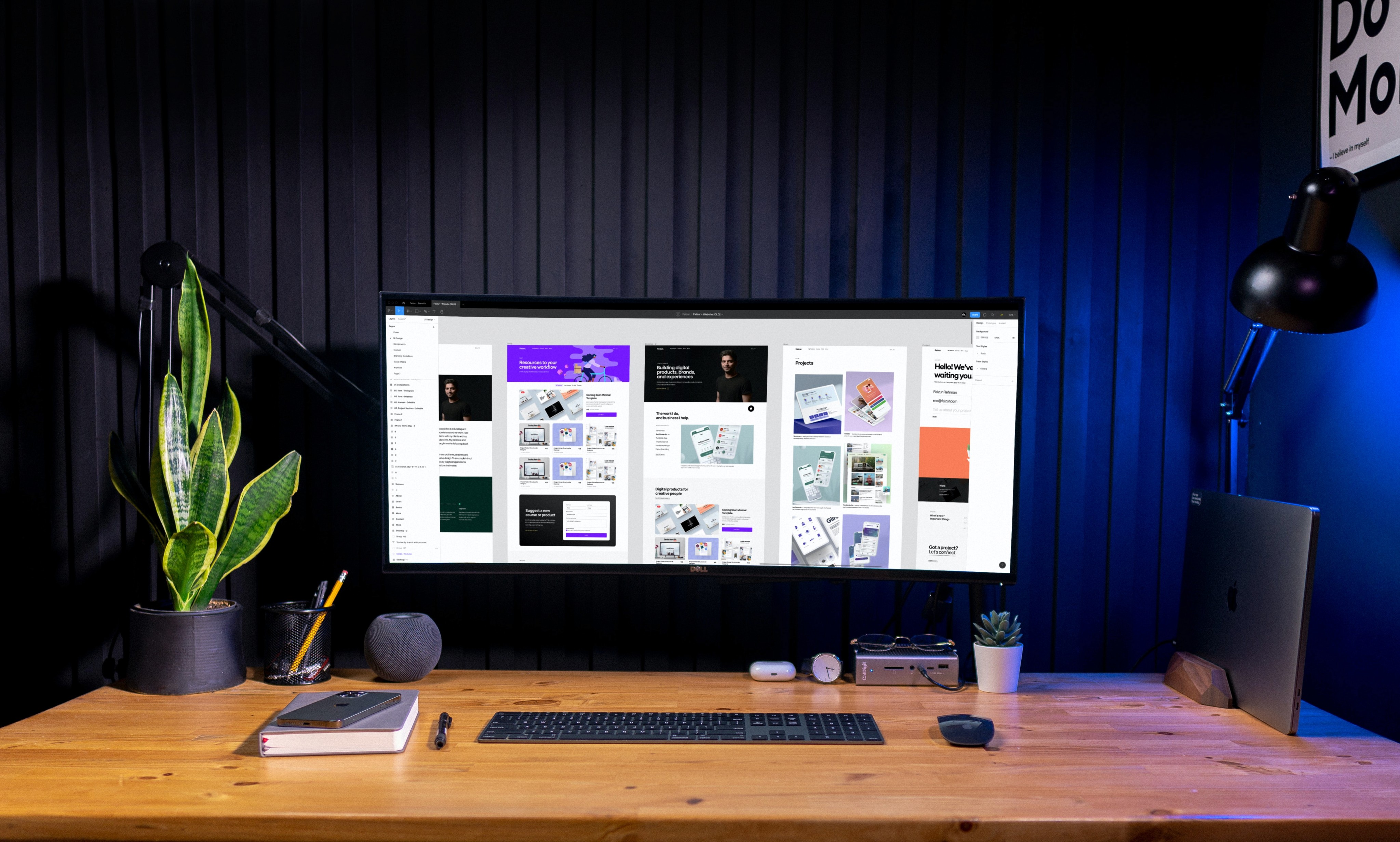Articles
Understanding the Difference Between UI and UX Design
Introduction:
UI (User Interface) Design and UX (User Experience) Design are two crucial disciplines in the field of product design. While they are closely related, they serve distinct purposes in creating optimal user experiences. In this blog, we will delve into the key differences between UI and UX design to provide a clear understanding of their roles and contributions.
Defining UI Design:
UI Design focuses on the visual and interactive elements of a product.
It involves creating visually appealing interfaces that are intuitive, aesthetically pleasing, and easy to navigate.
UI Design includes aspects such as color schemes, typography, iconography, layout, and interactive elements like buttons and forms.
The goal of UI Design is to enhance the visual appeal and usability of the product, making it visually engaging and accessible to users.
Understanding UX Design:
UX Design focuses on the overall user experience and how users interact with a product.
It encompasses the entire user journey, from the initial interaction to the final goal or outcome.
UX Design involves conducting user research, creating user personas, mapping user flows, and designing wireframes and prototypes.
The goal of UX Design is to ensure that the product meets user needs, is easy to use, and provides a delightful and meaningful experience.
Key Differences: a. Scope and Focus:
UI Design primarily deals with the visual and interactive aspects of a product's interface.
UX Design encompasses a broader scope, focusing on the overall experience, user behavior, and user satisfaction. b. Design Elements:
UI Design focuses on aesthetics, visual hierarchy, and the arrangement of design elements on the interface.
UX Design focuses on usability, accessibility, and the overall flow and structure of the product. c. User-Centric Approach:
UI Design aims to create visually appealing and intuitive interfaces to engage users.
UX Design focuses on understanding user needs, motivations, and pain points to create seamless and meaningful experiences. d. Skillsets:
UI Designers are proficient in visual design tools, graphic design principles, and front-end development technologies.
UX Designers possess skills in user research, information architecture, interaction design, and usability testing.
Collaboration and Integration:
UI and UX Design are closely intertwined and require collaboration for successful product design.
UI and UX Designers often work together, leveraging their respective skills and expertise to create cohesive and user-centered designs.
Effective collaboration between UI and UX Designers ensures a visually appealing interface that aligns with user expectations and needs.
Conclusion
While UI and UX Design are distinct disciplines, they are interconnected and essential for creating exceptional digital products. UI Design focuses on the visual elements and interface aesthetics, while UX Design takes a holistic approach to ensure a seamless and delightful user experience. By understanding their differences and collaborative nature, organizations can build products that are visually engaging, intuitive to use, and meet user expectations.



